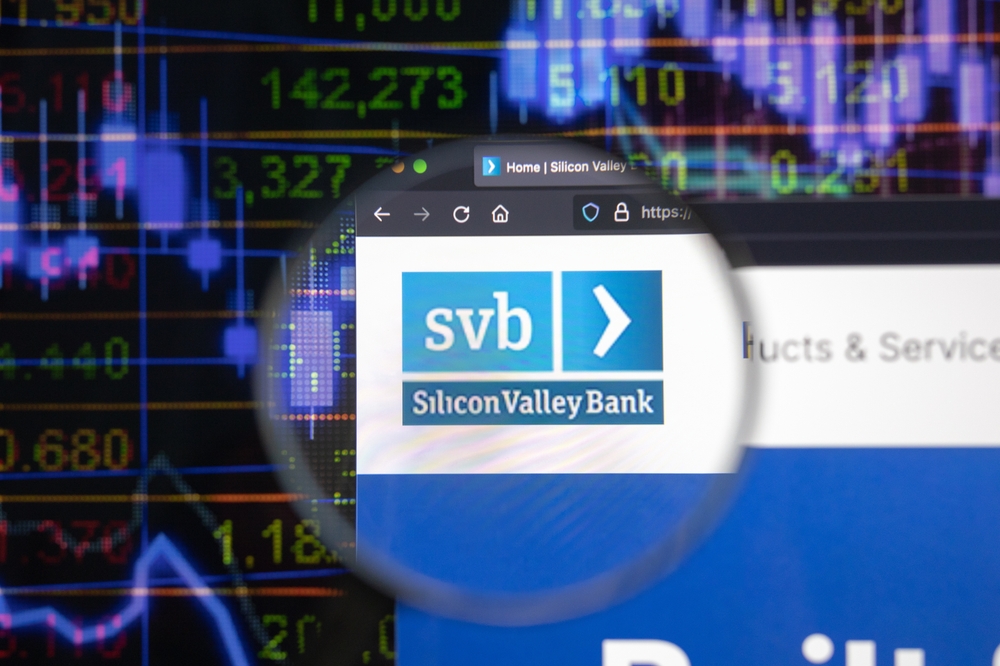On March 11, 2023, Silicon Valley Bank (SVB) collapsed, becoming the second-largest bank failure in US history. The collapse sent shockwaves through the US banking system, raising concerns about the stability of the financial system.
Why did SVB collapse?
As SVB grew to become the 16th largest bank in America, it invested its funds in long-term bonds when rates were near zero. When interest rates rose, those long-term bond prices fell, leading to a loss of $1.8 billion after-tax. SVB urgently needed to raise more capital to address depositor concerns, but the market reacted sharply, and SVB lost over $160 billion dollars in value in 24 hours.
Depositor panic and bank run
As the stock fell, depositors panicked and moved quickly to withdraw money from the bank. SVB couldn’t give depositors their money because it was held in their long-term bond investments that were no longer worth as much. As panicked withdrawals continued, a bank run was well underway.
FDIC Takes Over
The Federal Deposit Insurance Corporation (FDIC) took over SVB on Friday to get depositors access to their money by Monday because the bank’s troubles posed a major risk to the financial system. SVB had $209 billion in assets and $175.4 billion in deposits at the time of failure. Many of SVB’s depositors were technology workers and venture-capital-backed companies.
Impact on Depositors
Before the FDIC stepped in, depositors could only access up to $250,000, the insurance limit for their accounts, but several companies had well over that amount in the bank, including popular companies like Roblox and Etsy. The Federal Reserve, the Treasury Department, and the FDIC took the unusual step of guaranteeing the deposits because SVB presented a major risk for the US economy.
CEO Selling Stocks
Bloomberg reports that SVB CEO Greg Becker sold $3.6 million of company stock less than two weeks before the firm disclosed the extensive losses that led to its demise. The Peter Theil Founder’s Fund also withdrew millions by Thursday morning.
Conclusion
The collapse of SVB has raised concerns about the stability of the US banking system. However, the FDIC’s swift action and the government’s guarantee of deposits have helped to reassure depositors. President Joe Biden’s recent statement has also provided further confidence that the banking system is safe, and deposits will be there when needed.
Subscribe to Updates
Get the latest creative news from FooBar about art, design and business.
Silicon Valley Bank’s Bond Bet Backfires: How a Long-Term Investment Led to a Massive Collapse
Having not yet visited Sector 10, follow these steps for a free upgrade.

